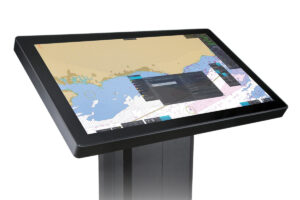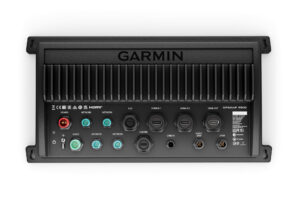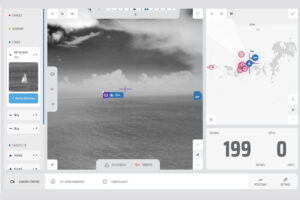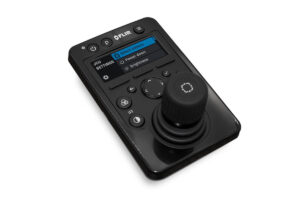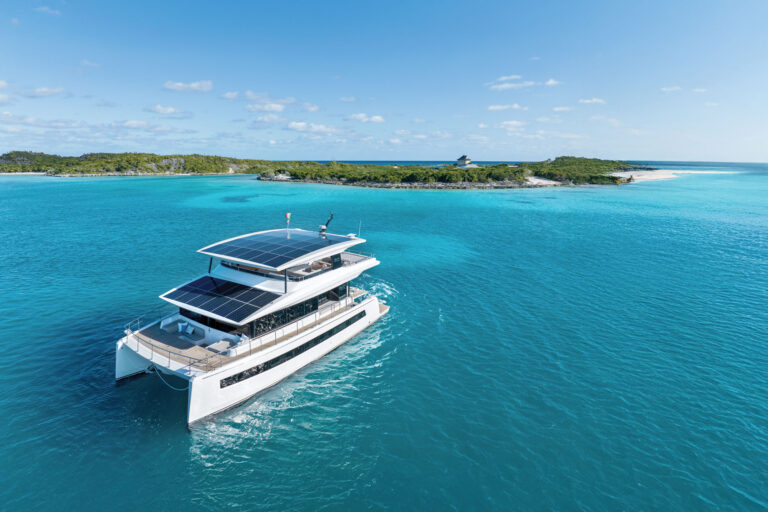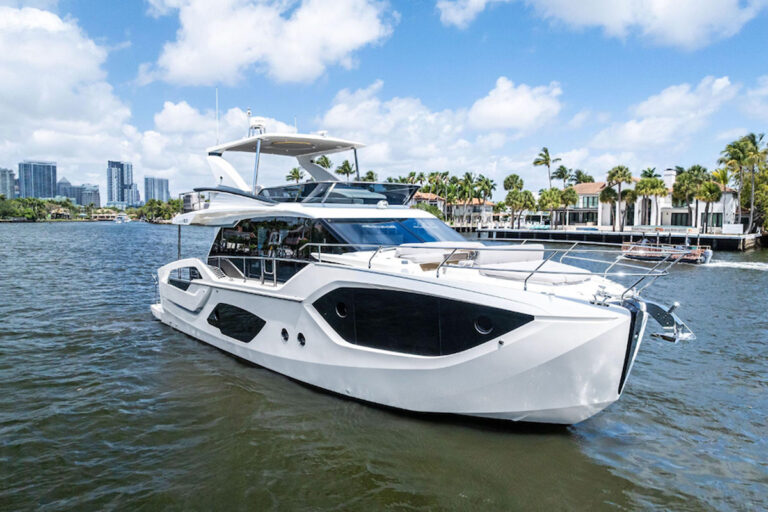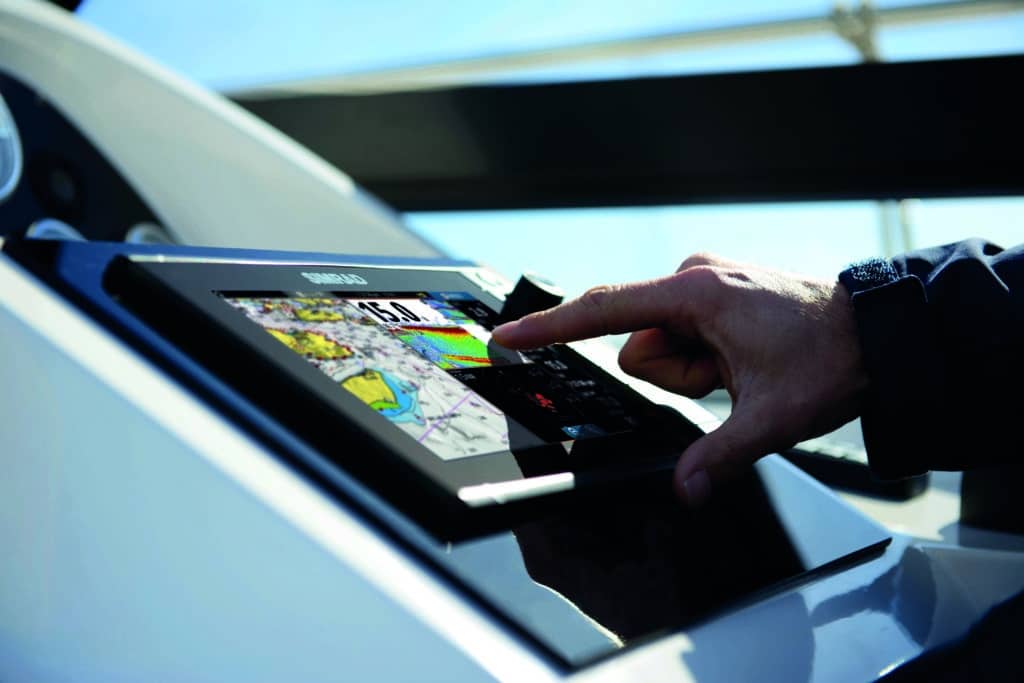
The Everglades night was inky black and the anchorage desolate when Don and Denise Bermant’s problem arose. They had cruised Blue Pearl, their brand-new Fleming 65, up Florida’s Little Shark River, and the Utah-based couple realized they had less brine than anticipated under the keel in the outgoing tide. Their only option was to weigh anchor — a time-consuming task even for a fully crewed yacht — and they had to do it fast, all alone. The Bermants had taken up boating in 2010 with the purchase of their first yacht, a Fleming 55, and had racked up considerable hours on both yachts’ engines, but they now had to pull off a flawless series of moves, lest they risk discovering the hard.
Fortunately, Blue Pearl is well-appointed with a bleeding-edge selection of now-generation Furuno equipment, as well as a FLIR thermal-imaging camera and a Carlisle & Finch Co. spotlight. The couple confidently tapped a few touch-screen-enabled multifunction displays (MFDs), fired up their yacht’s engines and windlass, and slipped out of the emptying waters, their worries allayed by a top-notch marine-electronics inventory.
“If you think about it, without all of this equipment, how difficult would it have been to move up a narrow river in the middle of a dark night?” Denise Bermant wonders even today. “Without the plotters and radar and the FLIR, it would have been an impossible thing for us to do.”
Don Bermant adds with a laugh: “We didn’t even have to do much cursing at each other, so it worked out pretty well!”
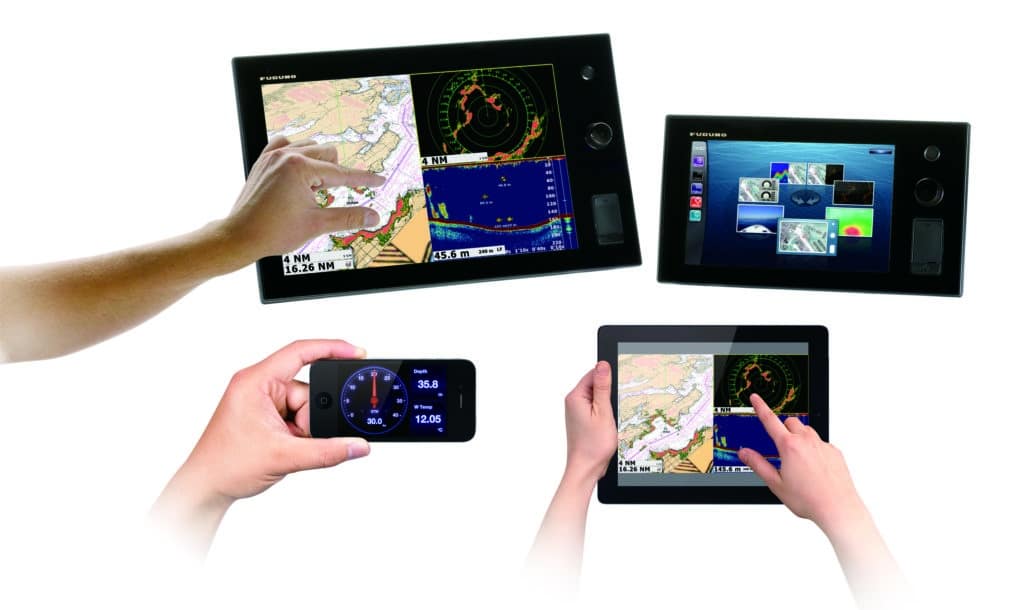
Marine electronics often get slapped with the bad rap of being expensive black boxes, yet talk to any boater who has tangled with pea-soup fog, pitch-black horizons or “heavy-metal” crossing situations, and it’s obvious modern electronics are the great equalizer. Forget about stationing a crew member on the bow to listen for a faintly tolling bell buoy; modern radar, AIS, thermal-imaging cameras, sounders and redundant GPS units are all designed to defrock fear from navigational situations.
Next, pipe all of this data, plus the vessel’s instrumentation information, across a shared data backbone (e.g., NMEA 0183, NMEA 2000 or an Ethernet network) and into a series of networked large-screen MFDs (or black-box MFDs tethered to touch-enabled marine monitors — or both), and the situation quickly becomes one of — to borrow Denise Dermant’s words — “video-game driving.”
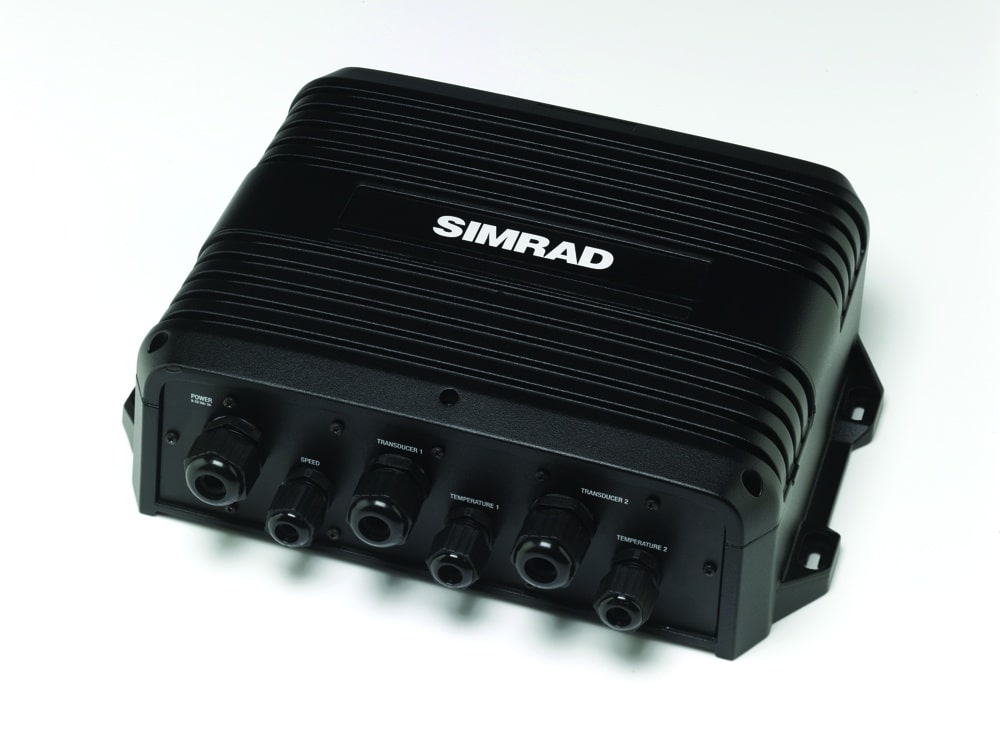
MFDs are often the most-used piece of equipment at the helm. While their navigational capabilities haven’t changed fundamentally in several years, the level of technological refinement, improved user interface, faster speeds and greater processing power make now-generation MFDs a considerable upgrade. “We’re using the new equipment like our old gear, but we’re getting more information, faster,” says Capt. Bryce Garvey, who runs the Garmin-equipped Merritt 72 Georgie Girl. “It’s like upgrading your smartphone. … It’s the quickness in which the new MFDs respond: You can’t confuse it. It thinks as fast as I do.”
Capt. Mark DeBlasio agrees. He runs Simrad MFD systems on a 60-foot, Ritchie Howell-designed, Carolina-style sport-fisherman. “It’s very user-friendly, really fast and menu-driven,” he says. “I can zoom in and out without any redraw delay, and I have a continuous chart moving over the screen. Also, the data bars give [me] a tremendous amount of information.”
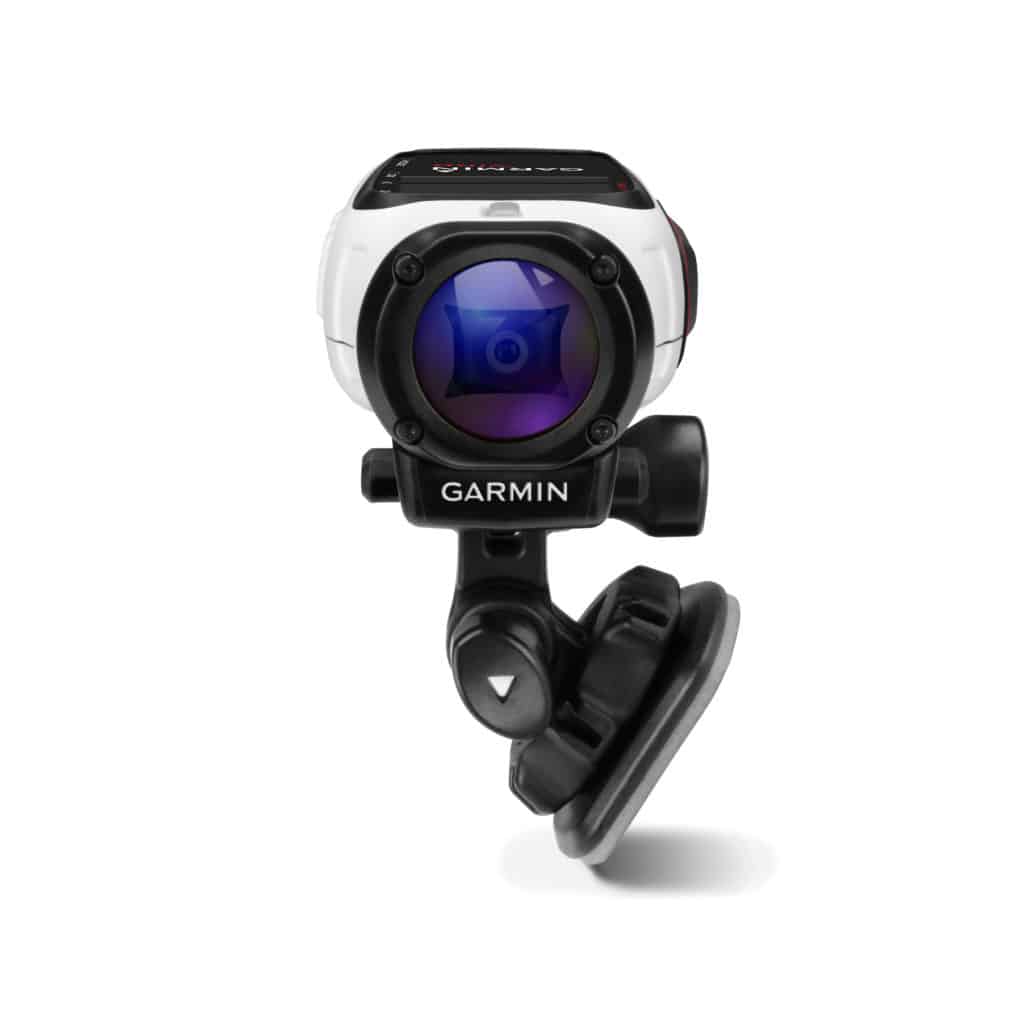
For Garvey and DeBlasio, speed, reliability and rock-solid performance are essential, especially for fishing tournaments. “A lot [of our success] is staying on top of the right [bottom] structure,” says DeBlasio, who has reeled in almost $1 million of purse money during the past few years. “Simrad’s Insight Genesis [cartography] is great, as the contours are what we fish, and it makes it easy to stay within our target depth.”
Having the ability to target specific fish changes the game for anglers. “The gear is an edge,” Garvey comments. “We wouldn’t have confidence without confidence in our electronics.” Garvey points to Georgie Girl‘s CHIRP-enabled Airmar transducers as some of his most important tools. “I’ll yell out to the guys, ’15 to 20 seconds!’ and 30 seconds later the marlin is in the spread,” Garvey says. “These ‘ducers let you call the shots.” Additionally, Georgie Girl uses Garmin’s new Wi-Fi enabled and waterproof VIRB cameras to look at underwater dredges and to create video references for later use.
“I call it cheating,” says Joe Vezzosi, owner of a Simrad-equipped 2015 Contender 39 ST, about his new sounder’s side-scanning capabilities. “You can see what [a] wreck actually looks like, you can pinpoint its location, and you can see its orientation. It’s a big advantage.” Another advantage, Vezzosi adds, is CHIRP-enabled sonar, which was a new technology for him since receiving his Contender. “If you’re a guy who doesn’t have a lot of fish-finder experience, CHIRP really makes it easy,” Vezzosi says.
“There’s no learning curve.”
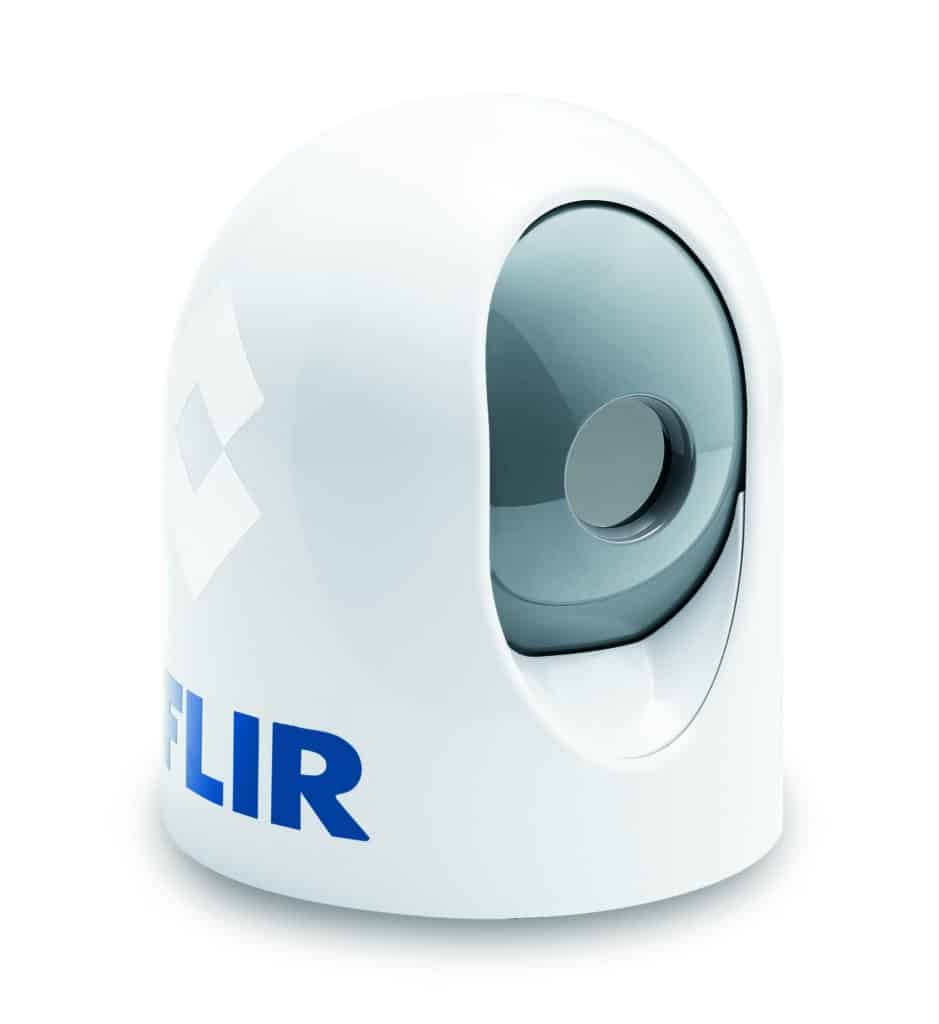
Most current equipment allows boaters to stream their instrumentation to third-party wireless devices — either using a Wi-Fi enabled MFD or via a dedicated Wi-Fi module — giving users onboard mobility, a feature that’s especially popular with anglers. “We use [our Wi-Fi connection] as a mobile monitor,” Garvey says. “It makes the crew more active in the cockpit. When they see we’re on a good spot, it gets them fired up, and it helps with their attention span.” Additionally, everyone aboard Georgie Girl wears a Garmin Quatix watch, which provides instrumentation data, remote autopilot control and — crucially — an MOB alarm.
While Garvey says wireless information helps keep his crew focused when fishing, plenty of cruisers, including the Bermants, use their tablets for navigation and operations. “We can control the boat from an iPad,” Don Bermant says. “We can see what’s on any of our four screens, and we can make changes to the plotter. … I go to bed with my iPad next to me so that I can see the [instruments] and the FLIR.”
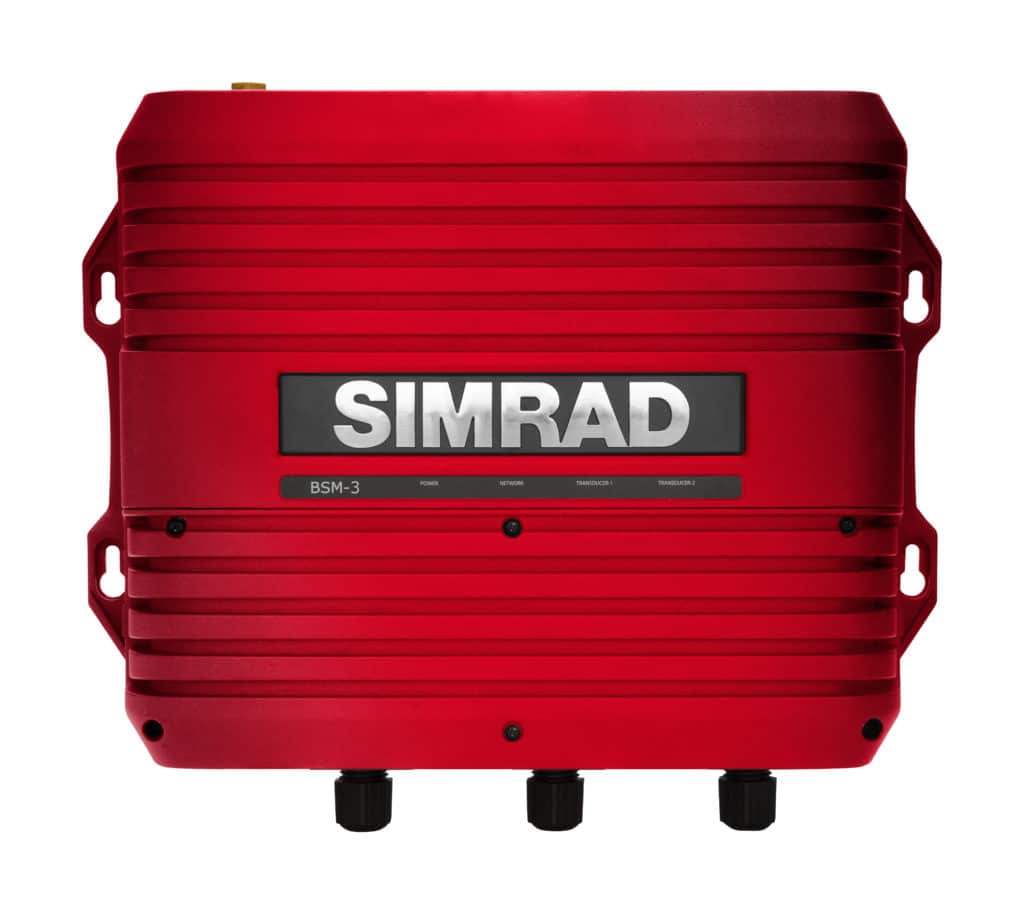
While repeaters are nothing new, the fact that now-generation marine electronics can be controlled via Wi-Fi is rapidly ushering in a new era of information-rich boating when a skipper doesn’t have to be stationed at the helm to make mission-critical decisions or to ensure vessel safety. “AIS has made me more aware of my surroundings,” DeBlasio says. “It allows you to make decisions and adjustments much earlier than traditional radar, and you can call [any vessel] by name.”
Still, not everyone is sold on the omnipotence of “electronic eyes” such as AIS. “I don’t know if AIS made me a safer boater,” Vezzosi says. “If you’re [not] paying attention, AIS can help, but you should never get into that situation.” Still, Vezzosi finds AIS helpful for locating commercial fishing vessels, which are oftentimes dragging bait. “Then, you can find the fish,” he says.
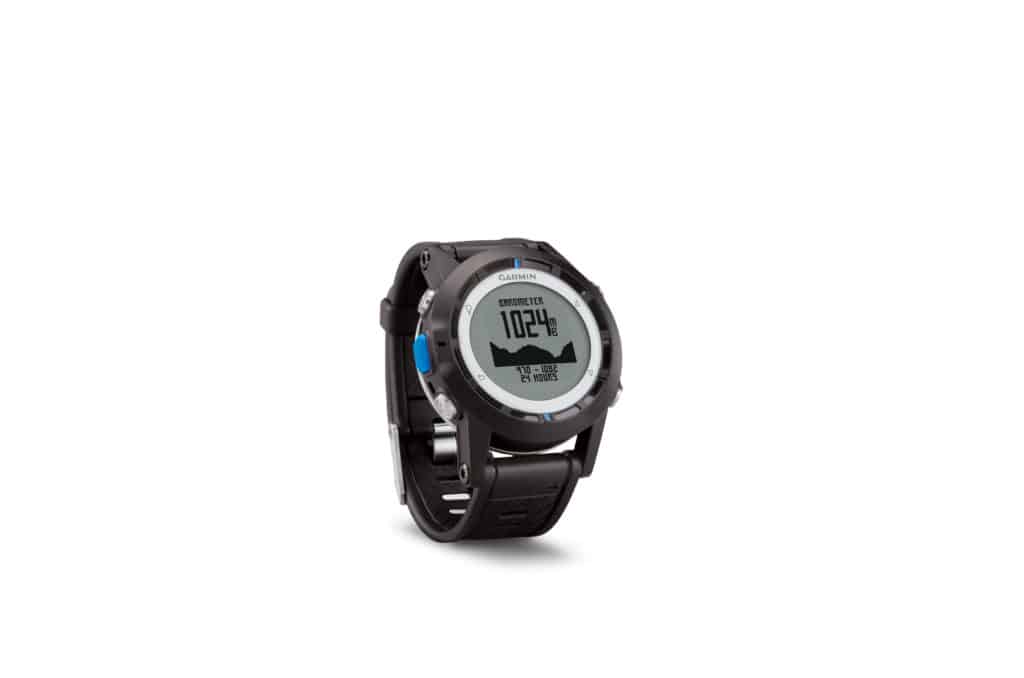
By adding a thermal-imaging camera to their helm, the Bermants have further increased their safety margin. “We find a [target] on the radar and lock the FLIR [thermal-imaging camera] onto it so that we can actually see it — for example, a buoy marker,” Don Bermant explains.
While different boaters assign different levels of trust to their electronic eyes, most thoroughly endorse touchscreen-enabled monitors and MFDs. “[Touch screens] get you away from keypads and buttons,” says DeBlasio, who adds that “touch makes navigation that much faster.” As for using a touch-screen monitor in ugly seas, DeBlasio is a satisfied customer. “With the big screens, it’s not a problem at all,” he says, adding that his touch screen experiences on his 48-footer have persuaded him to add this technology to the 60-footer during his next electronics refit.
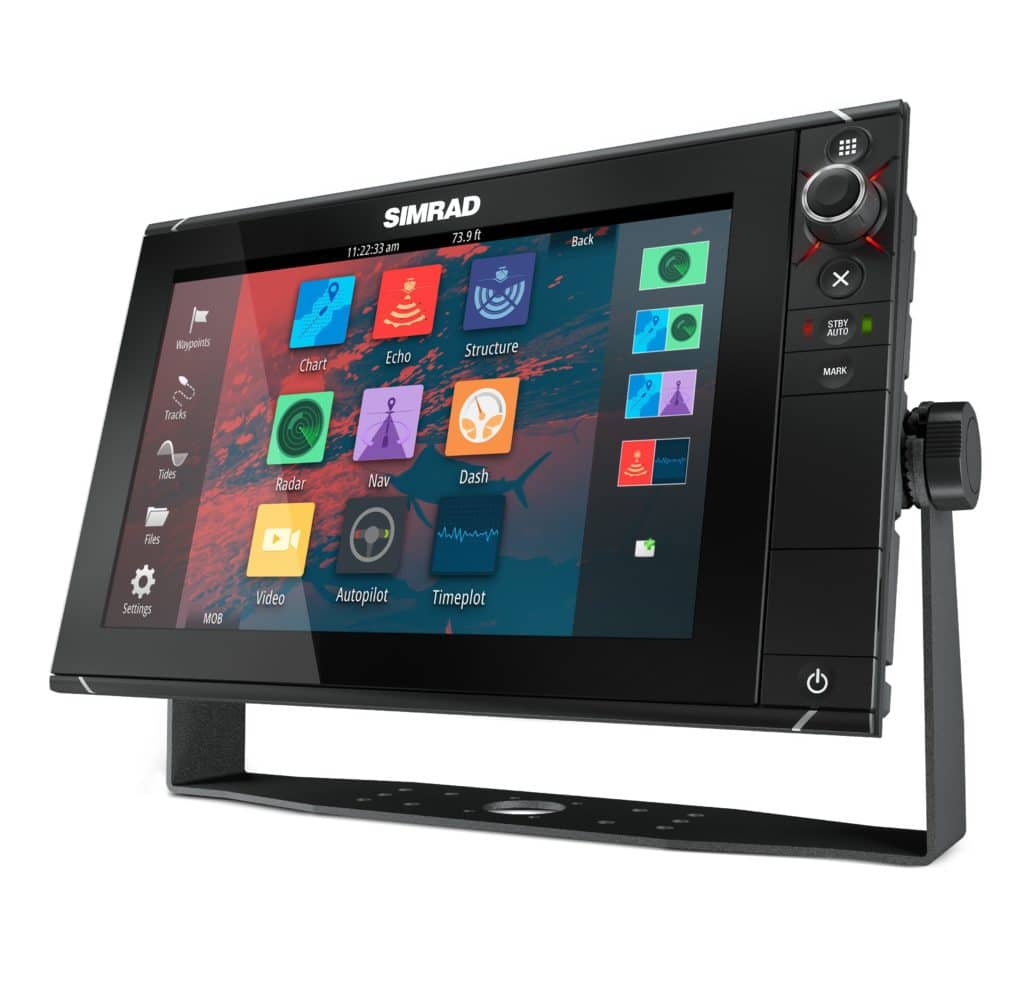
Nevertheless, some owners still prefer analog redundancy. “Touch screen is a great upgrade, but I like having a keypad when I’m running,” Vezzosi says. “It’s hard to touch a screen at 45 knots and not feel like you’re going to put your finger through it.”
Irrespective of your feelings about touch-screen monitors and wide-open throttles, there’s no debate that now-generation, fully networked monitors/MFDs — ideally jumbo-size — make life afloat much sweeter. And while it’s easy to fixate on metrics such as processor speeds and other tech specs, the simple fact remains that having all of your onboard instrumentation, cartography, radar, AIS and camera feeds presented on one (or more) integrated and user-friendly screen beats the days of bow-stationed lookouts, paper charts and awkward interfaces, especially for cruisers who are new to navigation. Just ask the Bermants.
“We didn’t own any boats prior to 2010,” Don says. “Without the technology, we couldn’t have gotten into the cruising that we’ve done.”

